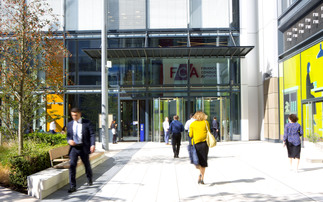With the traditional summer lull underway and the Greek debt crisis sidelined for now, it is no surprise that US interest rate rise and its implication on currencies is again focusing investors' attention. Nearly ten years have passed since the US Federal Reserve last increased interest rates in June 2006 and nearly seven years since the onset of the 2008 financial crisis.
Since then, the economic environment in the US has improved substantially. Notwithstanding that this recovery was artificially supported by substantial asset purchases by the Fed and inequalities in US society have subsequently increased, this is no meagre achievement. Yet through all of this, interest rates have remained at their low levels. In 2012, the Fed set an unemployment target of 6.5% in an effort to signal that interest rates would stay low for a long time. When unemployment fell through this floor in April 2014, the Fed disregarded this commitment and reaffirmed its twin mand...
To continue reading this article...
Join Investment Week for free
- Unlimited access to real-time news, analysis and opinion from the investment industry, including the Sustainable Hub covering fund news from the ESG space
- Get ahead of regulatory and technological changes affecting fund management
- Important and breaking news stories selected by the editors delivered straight to your inbox each day
- Weekly members-only newsletter with exclusive opinion pieces from leading industry experts
- Be the first to hear about our extensive events schedule and awards programmes







